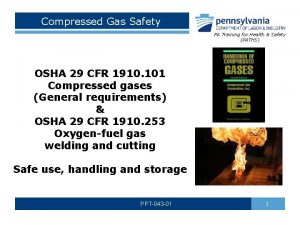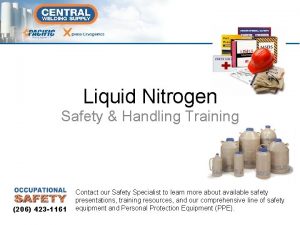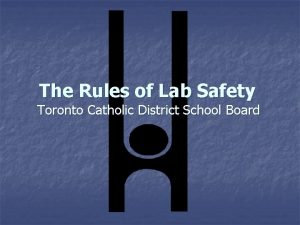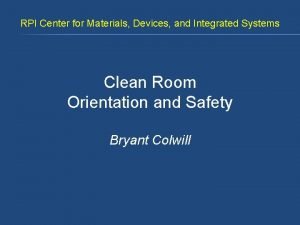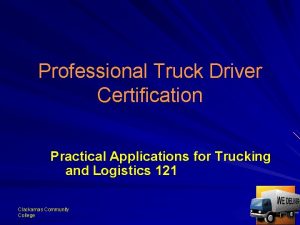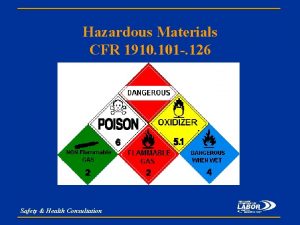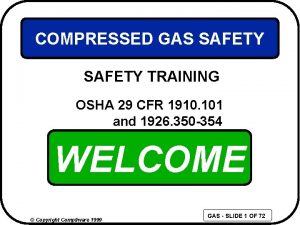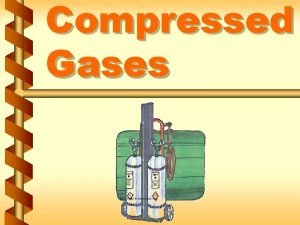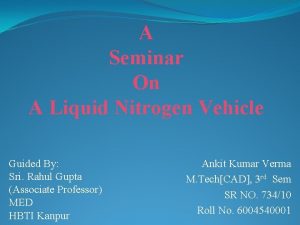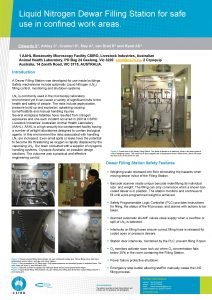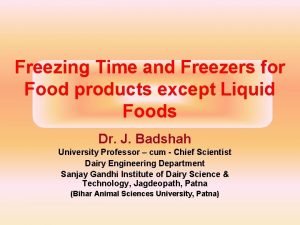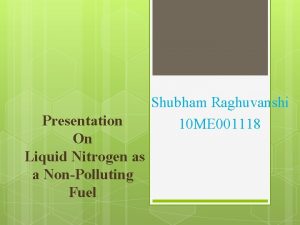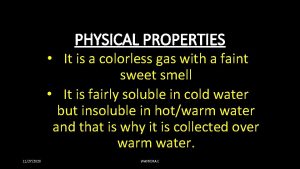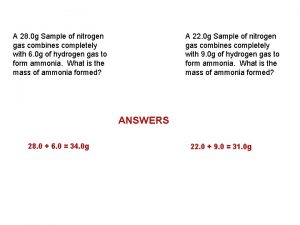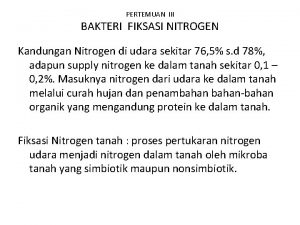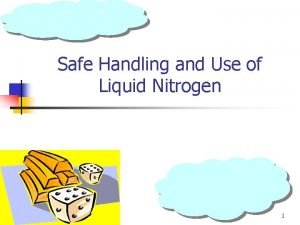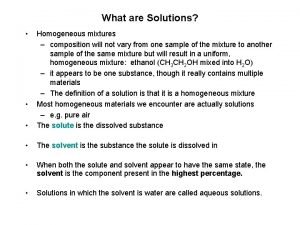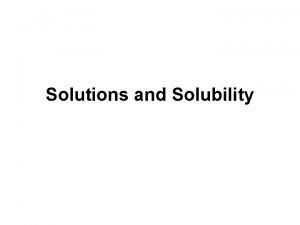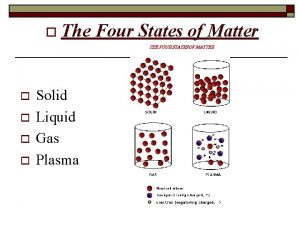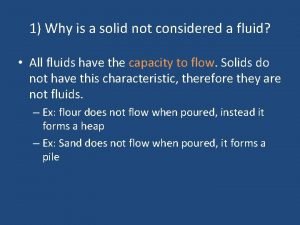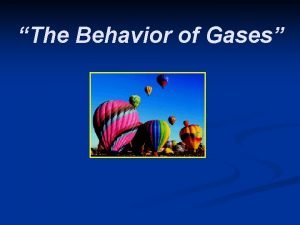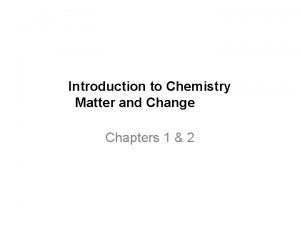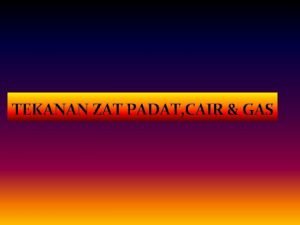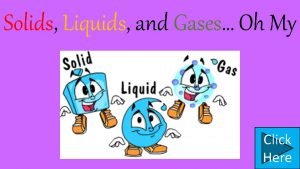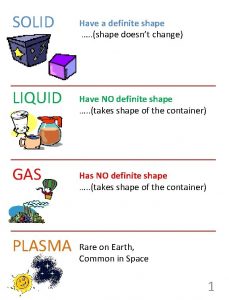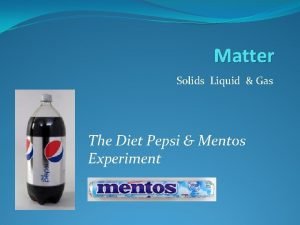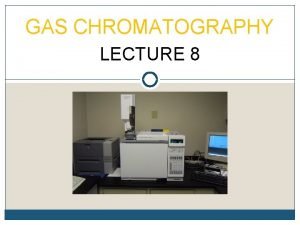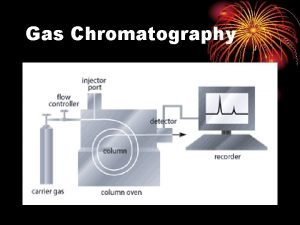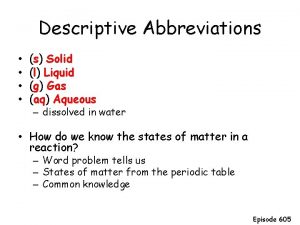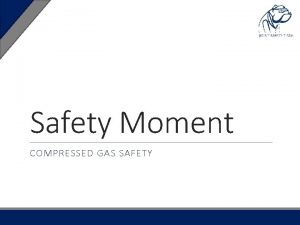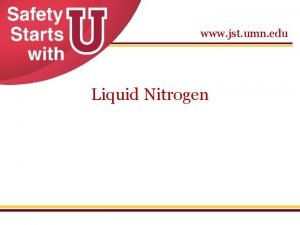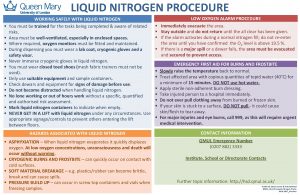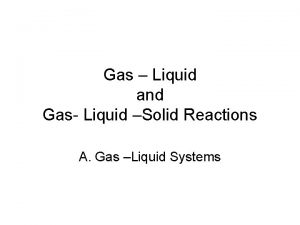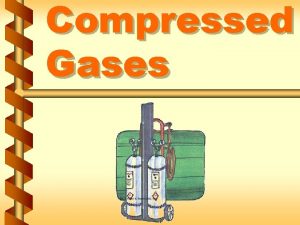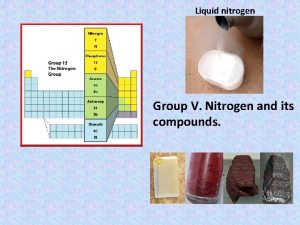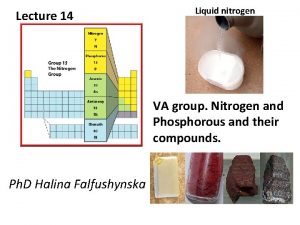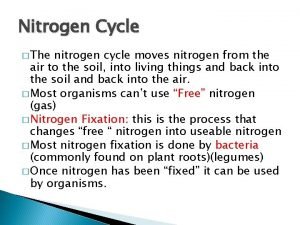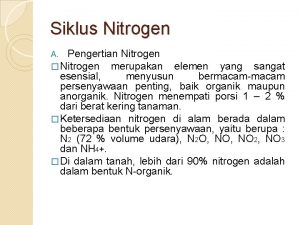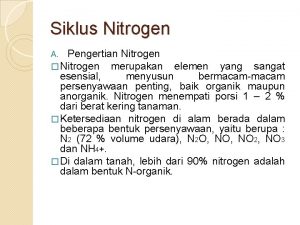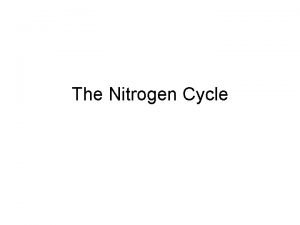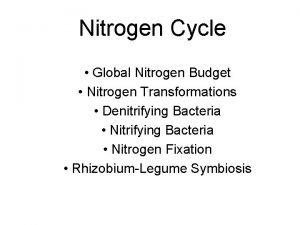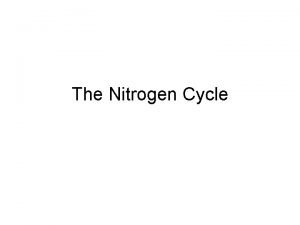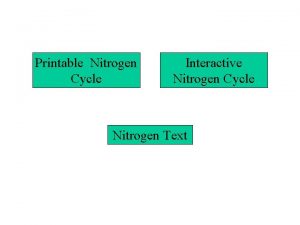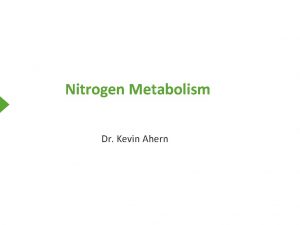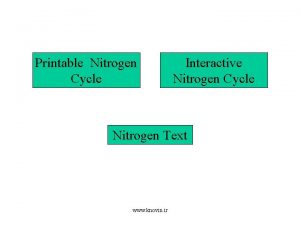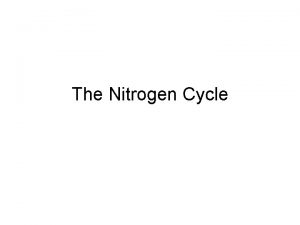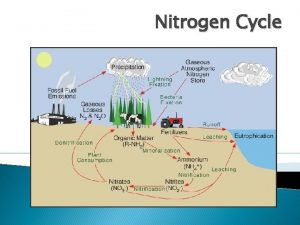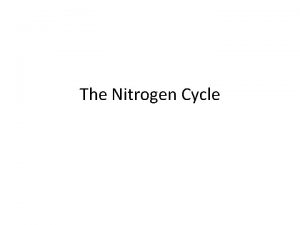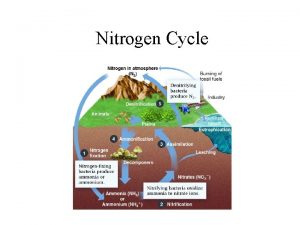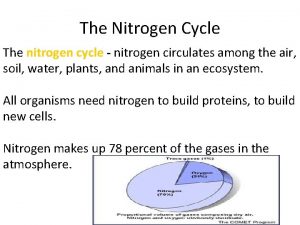CNSM SAFETY OFFICE COMPRESSED GAS LIQUID NITROGEN AND








































- Slides: 40

CNSM SAFETY OFFICE COMPRESSED GAS, LIQUID NITROGEN AND DRY ICE TRAINING

INSTRUCTIONS • You have downloaded a copy of this power point presentation and a test. • First, view this slide show. • Second, print out and take the test. • Lastly, contact the CNSM Safety office via email (jdlc@csulb. edu or chris. frost@csulb. edu) or phone 562 985 -5623 to arrange a hands-on training test. Bring the completed written test with you. Hands on training runs the first Wednesday of the month at 1: 00 PM. CNSM COMPRESSED GAS, LIQUID NITROGEN TRAINING

INSTRUCTIONS (Cont. ) • This slideshow is designed to provide initial information on compressed gas training. This training is not complete until you take a written test AND attend a hands-on skills test. • Your supervisor will provide further task or equipment-specific training as to how to use compressed gas for your particular situation. • This presentation is best viewed in “Slide Show” mode. (click on “Slide Show” on toolbar and then click “From Current Slide”. ) CNSM COMPRESSED GAS, LIQUID NITROGEN TRAINING

GENERAL HAZARDS OF COMPRESSED GAS Compressed gases present a unique hazard. Depending on the particular gas, there is a potential for simultaneous exposure to both mechanical and chemical hazards. Gases may be: • Flammable or combustible • Explosive • Corrosive • Poisonous • Inert • or a combination of hazards CNSM COMPRESSED GAS, LIQUID NITROGEN TRAINING

GENERAL HAZARDS OF COMPRESSED GAS • Cylinders are heavy--approx. empty wt=117 lbs. (53 Kg) • Cylinders are under high pressure (2200 psi) when full. • The contents may act as an asphyxiant when released into a confined space. • Some cylinders contain hazardous chemicals— know the gas you are working with, see Safety Data Sheet. CNSM COMPRESSED GAS, LIQUID NITROGEN TRAINING

GENERAL HAZARDS OF COMPRESSED GAS USE • Some cylinders contain hazardous chemicals—know the gas you are working with, see Safety Data Sheet. Carbon Monoxide gas CNSM COMPRESSED GAS, LIQUID NITROGEN TRAINING

GENERAL HAZARDS OF COMPRESSED GAS USE • Compressed gas cylinders are under high pressure (2200 psi) when full. CO 2 cylinders at around 800 to 900 psi when full. • pressurized cylinders can act as missiles when mishandled or in the event of an accident. See “Mythbusters” episode on You. Tube. http: //www. youtube. com/watch? v=e j. EJGNLTo 84 • Never open a valve or install a regulator on a cylinder that is corroded or in poor condition. CNSM COMPRESSED GAS, LIQUID NITROGEN TRAINING

HAZARDS OF SPECIFIC COMPRESSED GASES • Compressed Oxygen (O 2) poses special risks due to its propensity to accelerate combustion. • Traces of gas remain in regulators after use. • Oxygen cylinders use a unique regulator to ensure that a regulator with traces of flammable or other incompatible gases cannot be installed. Even traces of incompatible gas can produce a chemical reaction leading to explosion and/or fire. CNSM COMPRESSED GAS, LIQUID NITROGEN TRAINING

HAZARDS OF SPECIFIC COMPRESSED GASES • Make certain you “USE NO OIL” on any component of a compressed gas setup— valve, regulator, cap threads. If compressed O 2 comes into contact with oil, a fire or explosion may occur. Use NO OIL! CNSM COMPRESSED GAS, LIQUID NITROGEN TRAINING

HAZARDS OF SPECIFIC COMPRESSED GASES Oxygen cylinders, full or empty, shall not be stored in the same vicinity as flammable gases. The proper storage for oxygen cylinders requires that a minimum of 20 feet be maintained between flammable gas cylinders and oxygen cylinders or the storage areas be separated, at a minimum, by a fire wall five feet high with a fire rating of 0. 5 hours. Greasy and oily materials shall never be stored around oxygen; nor may oil or grease be applied to fittings. High pressure oxygen can ignite them. CNSM COMPRESSED GAS, LIQUID NITROGEN TRAINING

HAZARDS OF SPECIFIC COMPRESSED GASES Cylinders containing flammable gases such as hydrogen or acetylene must not be stored in close proximity to open flames, areas where electrical sparks are generated, or where other sources of ignition may be present. Cylinders containing acetylene shall never be stored on their side. CNSM COMPRESSED GAS, LIQUID NITROGEN TRAINING

OTHER GAS FACTS • CO 2 comes in two different types of cylinders. Most applications use the nonsiphon type of cylinder. Make sure you use the correct cylinder. Use this type for CO 2 gas This used only for special applications CNSM COMPRESSED GAS, LIQUID NITROGEN TRAINING

The Parts of a Gas System Safety Cap Valve with hand wheel Contents Label Cylinder CNSM COMPRESSED GAS, LIQUID NITROGEN TRAINING

How to Determine Which Gas is In the Cylinder: Never rely on the color of the cylinder for identification. Color coding is not reliable because cylinder colors may vary with the supplier. The factory label uses internationally standardized markings and colors. Always read the label! CNSM COMPRESSED GAS, LIQUID NITROGEN TRAINING

IDENTIFICATION Signs should be conspicuously posted in areas where flammable compressed gases are stored, identifying the substances and appropriate precautions (e. g. , HYDROGEN FLAMMABLE GAS - NO SMOKING - NO OPEN FLAMES). 25 CNSM COMPRESSED GAS, LIQUID NITROGEN TRAINING

VALVES & REGULATORS Standard cylinder-valve outlet connections have been devised by the Compressed Gas Association (CGA) to prevent mixing of incompatible gases. The outlet threads used vary in diameter; some are internal, some are external; some are righthanded, some are lefthanded. Note different thread types on these two regulators. CNSM COMPRESSED GAS, LIQUID NITROGEN TRAINING

VALVES & REGULATORS Regulators are gas specific and not necessarily interchangeable! Always make sure that the regulator and tank valve fittings are a perfect match. Never make an adaptor that changes the threads of a regulator - that will bypass the critical factory safety feature. Note different thread types on these two regulators. CNSM COMPRESSED GAS, LIQUID NITROGEN TRAINING

VALVES & REGULATORS If there is any question as to the suitability of a regulator for a particular gas, check with the Safety Office. CNSM COMPRESSED GAS, LIQUID NITROGEN TRAINING

GAS LINES AND TUBING The following rules relating to gas lines from the cylinder to the use area (outlet) shall be followed: • When a gas cylinder is distant from the outlet location, the distribution lines and their outlets must be clearly labeled to identify type of gas contained. • Gas lines must be inspected for damage, degradation and leaks on a regular basis. • Special attention should be given to metal lines and fittings as cracks commonly develop in use. CNSM COMPRESSED GAS, LIQUID NITROGEN TRAINING

CYLINDERS A cylinder should never be emptied to a pressure lower than 25 psi. At lower pressures, the tank contents can suck in air; contaminating contents. When work involving a compressed gas is completed, the cylinder must be turned off, and if possible, the lines drained of gas so that regulator gauge(s) display ZERO. CNSM COMPRESSED GAS, LIQUID NITROGEN TRAINING

CYLINDERS When the cylinder needs to be removed or is empty, all valves shall be closed, the system bled, the regulator removed and the cylinder valve safety cap installed. Note: make sure the valve cap threads match the threads on the cylinder. It’s always a good idea to mark the cylinder "empty“ when it reaches 25 psi so all gas users are alerted that the tank is empty. Promptly return empty cylinders to the gas storage area so that it can be refilled for use by others. Gas deliveries and empties are returned for refill weekly. CNSM COMPRESSED GAS, LIQUID NITROGEN TRAINING

BULK TANKS Liquid bulk tanks (called dewars – usually with 160 L capacity, see next slide for picture) are used to provide liquid nitrogen. They may also be used to supply gas, when a high volume of gas is needed. A special cart is used to transport these. These tanks usually have a number of valves and outlet fittings on the top. Make sure you hook up to the one marked “Gas Use” or “Liquid” as appropriate. These tanks always must periodically vent their contents to prevent dangerous pressure buildup. Loud hissing and vapor plumes are normal. Locate these tanks where there is adequate ventilation and where the noise is not a problem. CNSM COMPRESSED GAS, LIQUID NITROGEN TRAINING

BULK TANKS CNSM COMPRESSED GAS, LIQUID NITROGEN TRAINING

PPE Always use safety glasses, goggles or a face shield when handling and using compressed gases, especially when connecting and disconnecting compressed gas regulators and lines. Use work gloves and sturdy shoes when moving cylinders. CNSM COMPRESSED GAS, LIQUID NITROGEN TRAINING

HANDLING AND USE OF COMPRESSED GAS CYLINDERS (REQUIRES SKILL TEST) • Never leave a cylinder unchained or unsecured. • Safety cap must be in place when moving a cylinder and when cylinder not in use. • Make sure you are using correct safety cap. Two thread types; coarse or fine. CNSM COMPRESSED GAS, LIQUID NITROGEN TRAINING

HANDLING AND USE • Cylinders are heavy (approx. empty wt=117 lbs, 53 Kg) • Use gloves and appropriate footwear when handling. • Make sure safety cap is in place when ever you move or unchain a cylinder. • Cylinders should never be rolled or dragged. • A cart must be used when transporting a cylinder more than a few feet. • Make sure to sign out on log sheet when taking gas. Cylinder Cart CNSM COMPRESSED GAS, LIQUID NITROGEN TRAINING

INSTALLING A REGULATOR (REQUIRES SKILL TEST) • Make sure cylinder is securely fastened to bench or rack before removing safety cap • Use only regulators specifically designed for use with your cylinder. CGA 580 for N 2, Ar, He. CGA 320 for CO 2 etc. • Never use adaptor on regulator unless you check with the safety office first. • Wear safety glasses when opening valve. • USE NO OIL, WD 40 etc. on any part of valve, regulator or safety cap. Fires can result! • Teflon tape not needed on regulator threads. After securing cylinder, remove safety cap Screw regulator into valve, hand tight Remove shrink wrap (or valve plug) Finish tightening with wrench

INSTALLING A REGULATOR (REQUIRES SKILL TEST) • Wear safety glasses when opening valve. • Open valve carefully! One full turn. • Use soapy water to check for leaks. Carefully open valve Don’t use Teflon tape when Installing regulators. Check for leaks with soap solution CNSM COMPRESSED GAS, LIQUID NITROGEN TRAINING

LIQUID NITROGEN AND DRY ICE • Three main hazards associated with liquid nitrogen (LN 2). 1. Cold-burn—LN 2 will cause damage to eyes and unprotected skin due to very cold temperature (-196 C) 2. Asphyxiation death -- As LN 2 boils, the resulting N 2 gas can rapidly displace air—particularly in an enclosed space such as a small room or car. 3. LN 2 container explosion—LN 2 stored in an air-tight container may cause explosion of the container due to expansion of gas as the liquid boils. Glass double walled containers used for LN 2 storage must have safety tape wrapped around the outside. 160 Liter Liquid Nitrogen Dewars CNSM COMPRESSED GAS, LIQUID NITROGEN TRAINING

• LN 2 Protective equipment LIQUID NITROGEN AND DRY ICE • The appropriate personal protective equipment to wear when handling or dispensing LN 2 includes: shoes, long pants, long sleeve shirt, sweatshirt or lab coat, chemical splash goggles, face shield and special cryogenic gloves (often blue in color). CNSM COMPRESSED GAS, LIQUID NITROGEN TRAINING

LIQUID NITROGEN AND DRY ICE • The appropriate container to use for transport of LN 2 is a Dewar or other insulated container with loose fitting lid. • Never use a screw top or other tight fitting lid. LN 2 and dry ice may not be transported off campus without prior written approval by CNSM Safety Office. Insulated LN 2 Dewar. Has loose fitting lid. It can spill. CNSM COMPRESSED GAS, LIQUID NITROGEN TRAINING

DRY ICE (CO 2 solid) • Dry ice has similar hazards as liquid nitrogen—cold burns, possible CO 2 poisoning, and potential pressures buildup/explosion in a tightly closed container. • PPE should include shoes and clothing that cover the skin. Cryogloves or other thick gloves are appropriate for handling dry ice. • Wear safety glasses or goggles if breaking up dry ice. • Dry ice can cause displacement of breathable air in enclosed spaces—when it sublimates, CO 2 gas is liberated. • Transport dry ice in a cooler or other insulated container with loose-fitting lid. CNSM COMPRESSED GAS, LIQUID NITROGEN TRAINING

WHAT’S WRONG WITH THIS PICTURE? • The following section contains pictures of scenarios where a dangerous condition exists. See if you can find what’s wrong. • The proper way to view this presentation is to click on “Slide Show” in the toolbar, and view as slide show. CNSM COMPRESSED GAS, LIQUID NITROGEN TRAINING

Electrical arc damage Cylinder is damaged. Should be taken out of service immediately!

No safety cap Possible ignition Source near Flammable gas Cylinder not secure Cylinder is not secure and has no safety cap.

Cylinder should be in storage protected from damage and not laying on the ground regardless if it is full or empty

Regulator left pressurized after use

Improper Storage

Free standing cylinders Chain

Cylinder tied only With a rubber hose
 Compressed gas training powerpoint
Compressed gas training powerpoint Liquid nitrogen handling training
Liquid nitrogen handling training Compressed liquid water
Compressed liquid water Compressed gas hazard
Compressed gas hazard Rpicenter
Rpicenter Compressed gas hazard
Compressed gas hazard Compressed gas association pamphlet p 1 1965
Compressed gas association pamphlet p 1 1965 29 cfr 1910 compressed gas cylinder storage
29 cfr 1910 compressed gas cylinder storage Compressed gas definition
Compressed gas definition Liquid nitrogen vehicle
Liquid nitrogen vehicle Liquid nitrogen filling station
Liquid nitrogen filling station Tunnel liquid nitrogen freezer
Tunnel liquid nitrogen freezer Liquid nitrogen powered car
Liquid nitrogen powered car Conduction and breakdown in pure liquids
Conduction and breakdown in pure liquids Nitrogen is a colorless gas physical or chemical
Nitrogen is a colorless gas physical or chemical A 28 g sample of nitrogen gas combines
A 28 g sample of nitrogen gas combines Slidetodoc. com
Slidetodoc. com Sieve tray tower
Sieve tray tower Nitrogen safety precautions
Nitrogen safety precautions Gas and liquid solution example
Gas and liquid solution example Solubility expression
Solubility expression Solid
Solid Matter venn diagram
Matter venn diagram Mass of solid liquid and gas
Mass of solid liquid and gas Oo solid
Oo solid Examples of solids liquids and gases pictures
Examples of solids liquids and gases pictures Energy of solid, liquid and gas
Energy of solid, liquid and gas Why is gas easier to compress than a liquid
Why is gas easier to compress than a liquid Why are liquids incompressible
Why are liquids incompressible Are ideal gases compressible
Are ideal gases compressible Mass of solid liquid and gas
Mass of solid liquid and gas Matter and its composition
Matter and its composition Phase change concept map solid liquid gas
Phase change concept map solid liquid gas Tekanan pada zat gas
Tekanan pada zat gas Examples of gas
Examples of gas Solid liquid gas plasma
Solid liquid gas plasma Pepsi mentos
Pepsi mentos Principle of gc
Principle of gc Gas liquid chromatography
Gas liquid chromatography S solid liquid or gas
S solid liquid or gas Solid to gas
Solid to gas
